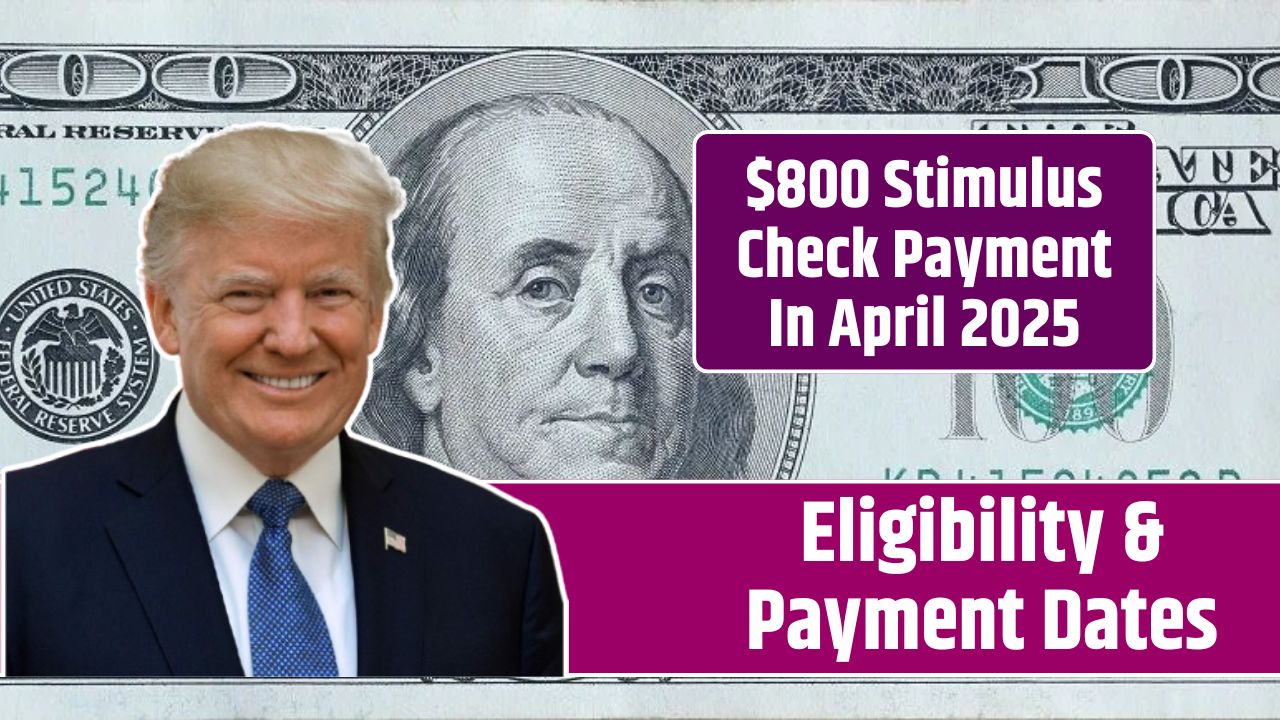Medicaid isn’t just a safety net—it’s a lifeline for thousands of Texas seniors needing long-term care. Whether you’re helping aging parents or planning ahead for your own future, knowing the updated Texas Medicaid eligibility rules for 2025 is more important than ever.
Each year, small tweaks in income and asset limits can have big consequences. But don’t worry—we’re breaking down the new numbers, key programs, and smart legal workarounds so you can make confident choices.
Overview
Texas Medicaid covers a wide range of services, from nursing home care to in-home assistance through programs like STAR+PLUS and Community First Choice. These programs help seniors remain independent while getting support like personal care, adult foster care, and home modifications.
But eligibility hinges on one big question: How much can you earn and own—and still qualify?
Limits
Here’s a look at the 2025 income and asset limits for some of the most common Medicaid programs:
| Category | Income Limit/Month | Asset Limit |
|---|---|---|
| Single (Nursing Home/HCBS) | $2,901 | $2,000 |
| Married (Both Applying) | $5,802 combined | $3,000 combined |
| Community Spouse (Assets) | N/A | Up to $157,920 allowed |
| Regular Medicaid (Single) | $967 | SSI-linked |
| Regular Medicaid (Couple) | $1,450 | SSI-linked |
Note: If only one spouse applies, the other (non-applicant spouse) can keep up to $157,920 in assets without it affecting the applying spouse’s eligibility. This is known as the Community Spouse Resource Allowance.
Work arounds
Not everyone who needs Medicaid meets the eligibility criteria—but that doesn’t mean they’re out of options. Here are some of the smart legal strategies families use to qualify:
Qualified Income Trusts (Miller Trusts)
If your income is too high, you can redirect the excess into a Miller Trust, which is not counted toward eligibility. It allows applicants to qualify without reducing their monthly income to poverty levels.
Spending Down Assets
If your assets are too high, you can spend down on approved expenses such as:
- Home repairs or improvements
- Prepaid funeral or burial plans
- Medical equipment or services not covered by Medicaid
Just be cautious—Texas enforces a 5-year “look-back” period. Any gifts or asset transfers made within that time can trigger penalties or delays in eligibility.
Housing
Many seniors worry about whether their home counts against Medicaid eligibility. Here’s the good news:
- Your primary residence is exempt if you or your spouse live in it.
- If it’s unoccupied, the home’s equity must be under $730,000, and you must express intent to return.
However, even exempt homes may be subject to Medicaid Estate Recovery after the recipient passes away. That means the state could seek repayment by placing a claim against the estate, potentially reducing the inheritance for your heirs.
Planning
Texas Medicaid can feel like a maze—but with the right tools, you can navigate it. Some helpful steps include:
- Use the American Council on Aging’s Medicaid Eligibility Test
- Speak with a certified Medicaid planner
- Start planning early—before a care crisis hits
Taking the time to know these rules now could mean the difference between timely access to care or months of stressful delays.
FAQs
What’s the income limit for Texas Medicaid in 2025?
$2,901/month for singles, $5,802 for couples (Nursing Home Medicaid).
How much can a non-applicant spouse keep?
Up to $157,920 in assets is protected for the non-applying spouse.
Can you qualify if income is too high?
Yes, through a Miller Trust that shelters excess income.
Is your home counted against eligibility?
Not if you or your spouse live there, or equity is under $730,000.
What is the Medicaid look-back period?
Texas enforces a 5-year look-back to prevent improper asset transfers.

















